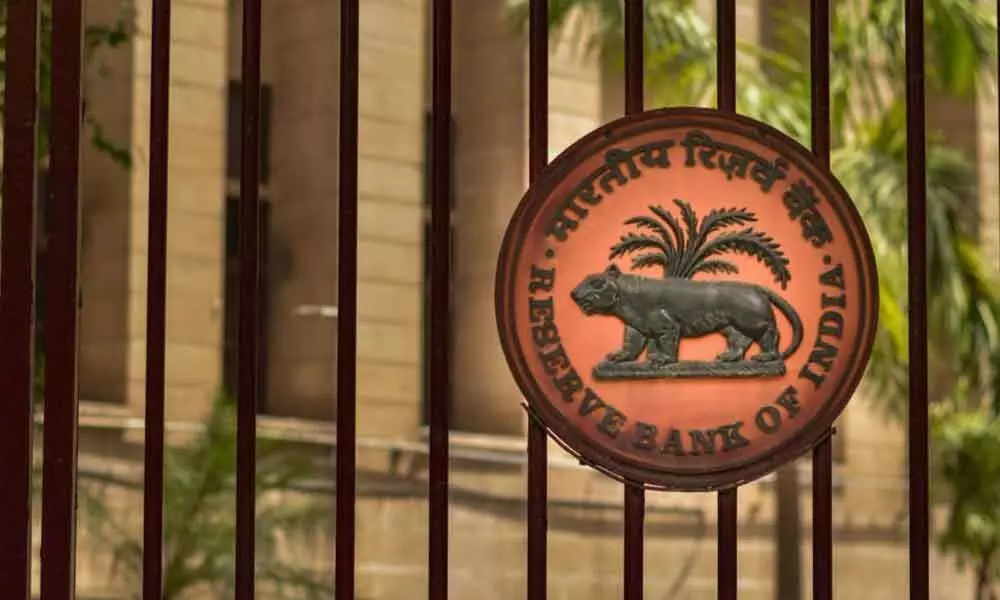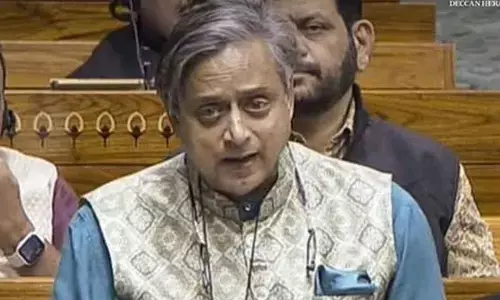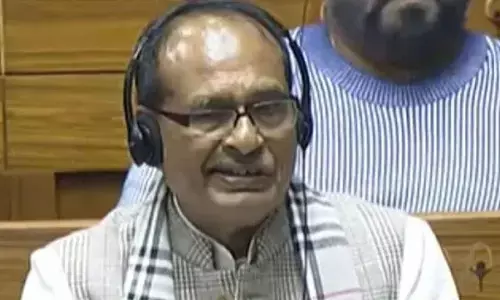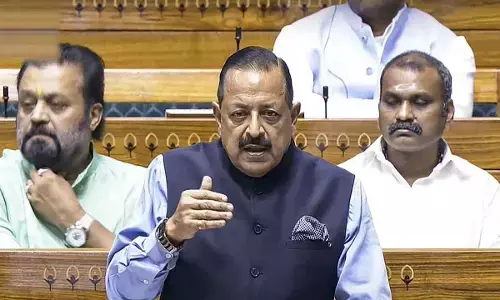Operation Twist: RBI's move to keep economy strong

The yield on the 10-year government bond fell the steepest in two months on December 20, after the RBI announced a special open market operation - simultaneously buying long-term bonds and selling short-term bonds.
The yield on the 10-year government bond fell the steepest in two months on December 20, after the RBI announced a special open market operation - simultaneously buying long-term bonds and selling short-term bonds.
The ultimate objective is to bring down long-term interest rates and boost investment and expenditure in the economy. Analysts believe that the RBI's 'Operation Twist' is aimed at bringing longer term yields lower.
Despite the 135 bps (1.35%) repo rate cut in the current cycle (between February and December 2019), the spread between 10-year bond yield and the short-term repo has widened to 170 bps (1.7%), much higher than the average spread of 55 bps during the 2015-2017 easing.
One may have to agree with an opinion that the relentless steepening of the yield curve is getting pacified by the RBI coming in and signalling 'I am here to support'. This move brings some sort of a sanity check.
The high spread gives banks ample opportunity to a safe arbitrage, in which they can borrow short and invest in longer dated bonds at a risk spread of nearly 2 percentage points, bond dealers say.
If the longer-term yields come down, that arbitrage opportunity lessens significantly. The short-term rates, however, are determined by liquidity and repo rate. While the liquidity is abundant in the system, and repo rate is low, the short-term yields can't remain high for long.
Why haven't the long-term yields come down in spite of five rate cuts in 2019? The steepening of the curve in the longer run reflects concerns about the government adding to record borrowing as it gets ready to prime the economy.
It is nearly certain that the government will not be able to meet its budget aim of keeping the fiscal deficit at or below 3.3% of GDP this fiscal year. Fears of fiscal slippage and an increased supply have kept long term bond yields high.
Last year, amidst tight liquidity conditions, the RBI had conducted large open market operations to purchase bonds (that is pump more liquidity in the market), which helped keep yields in check and allowed the government's borrowing programme to go through smoothly.
This year, however, easy liquidity conditions have made it difficult to support bond yields. Operation Twist seems to be a way to pass on more of the Central bank's five rate reductions this year to businesses and individual borrowers.
But the possibility of more such operations will depend on the outcome of this round of sale and purchase. With investment and consumption both weak in India, policy makers are trying to spur credit and lift growth from a six-year low.
Lower long-term interest rates would – to an extent – provide more liquidity to the market. As was suggested, anything that increases the demand for long-term government bonds puts downward pressure on interest rates (higher demand = higher price = lower yield or interest rates) and less demand for bonds tends to put upward pressure on interest rates.
By buying long-term bonds, the RBI wants to significantly increase their demand, thereby lowering interest rates. Likewise, by selling short-term bonds, the RBI wants to reduce their demand and drive up their yields and interest rates.










